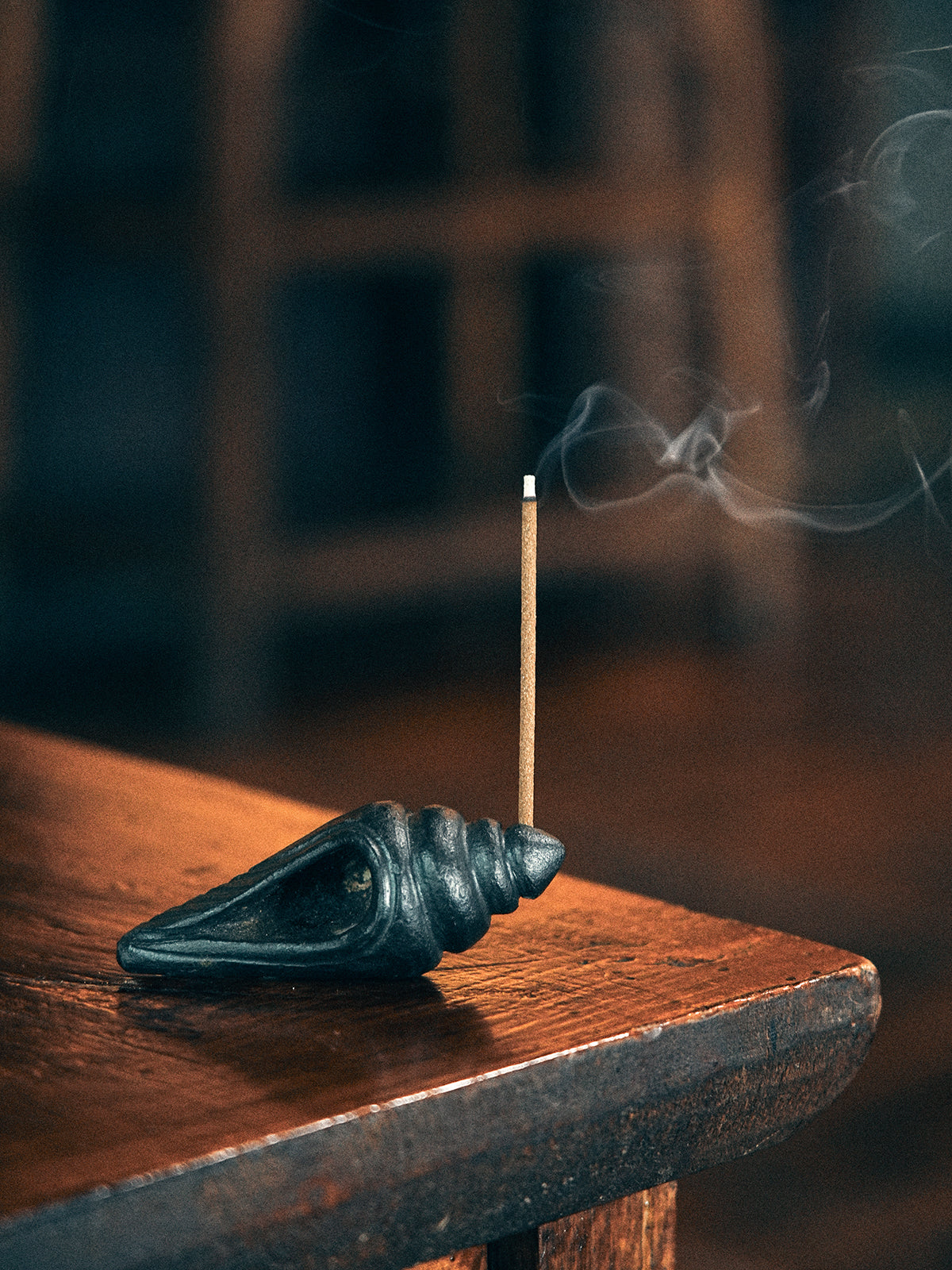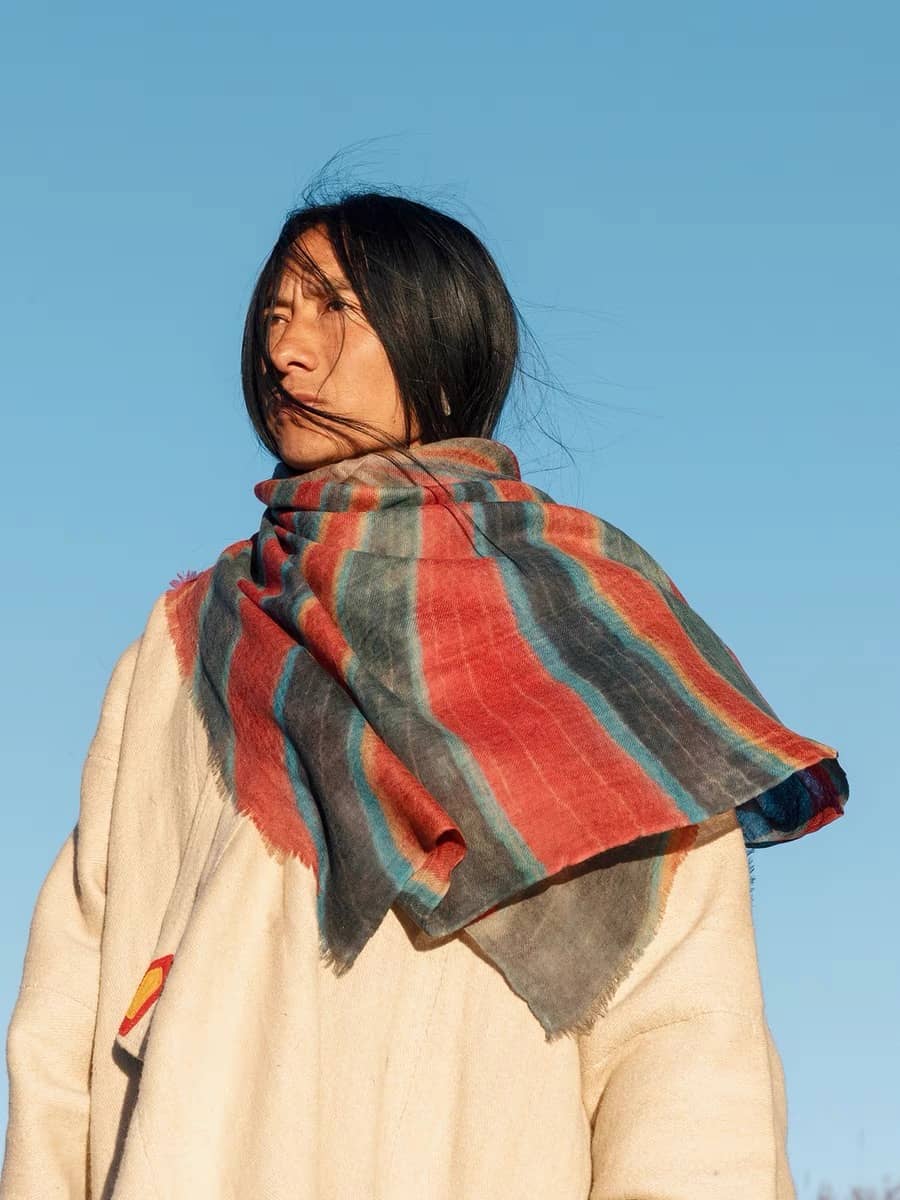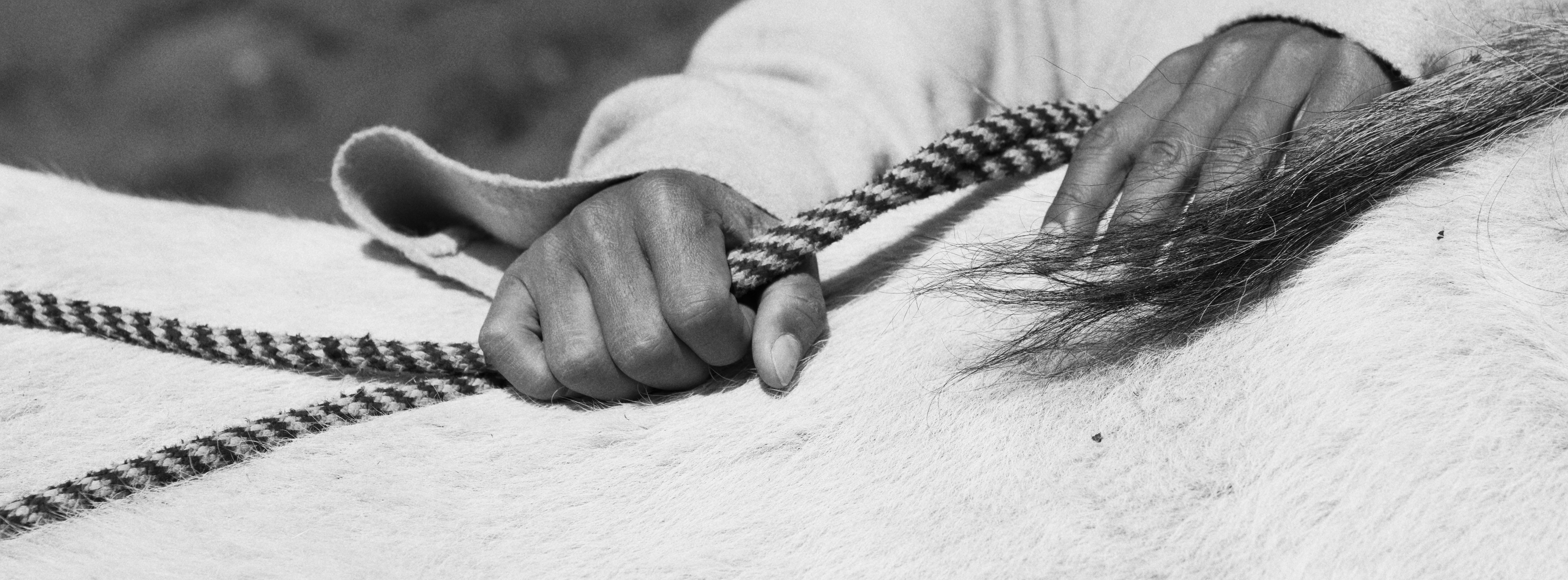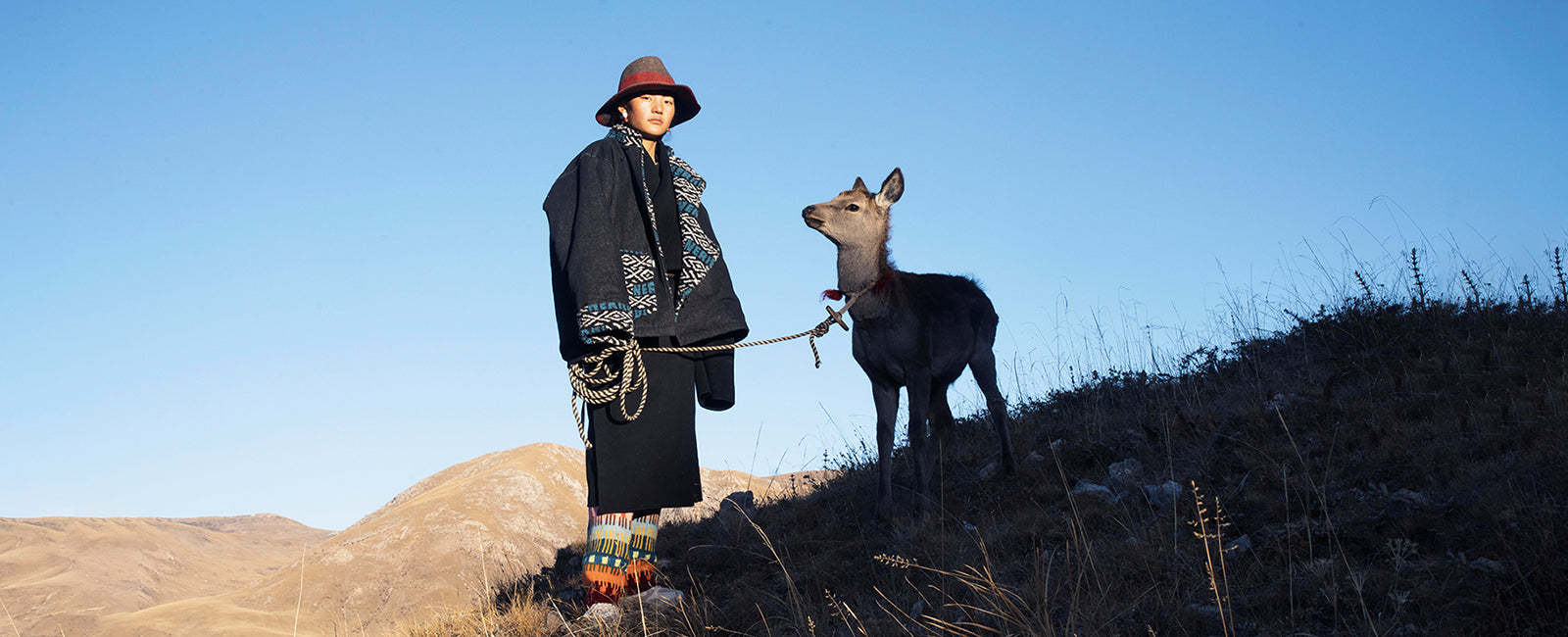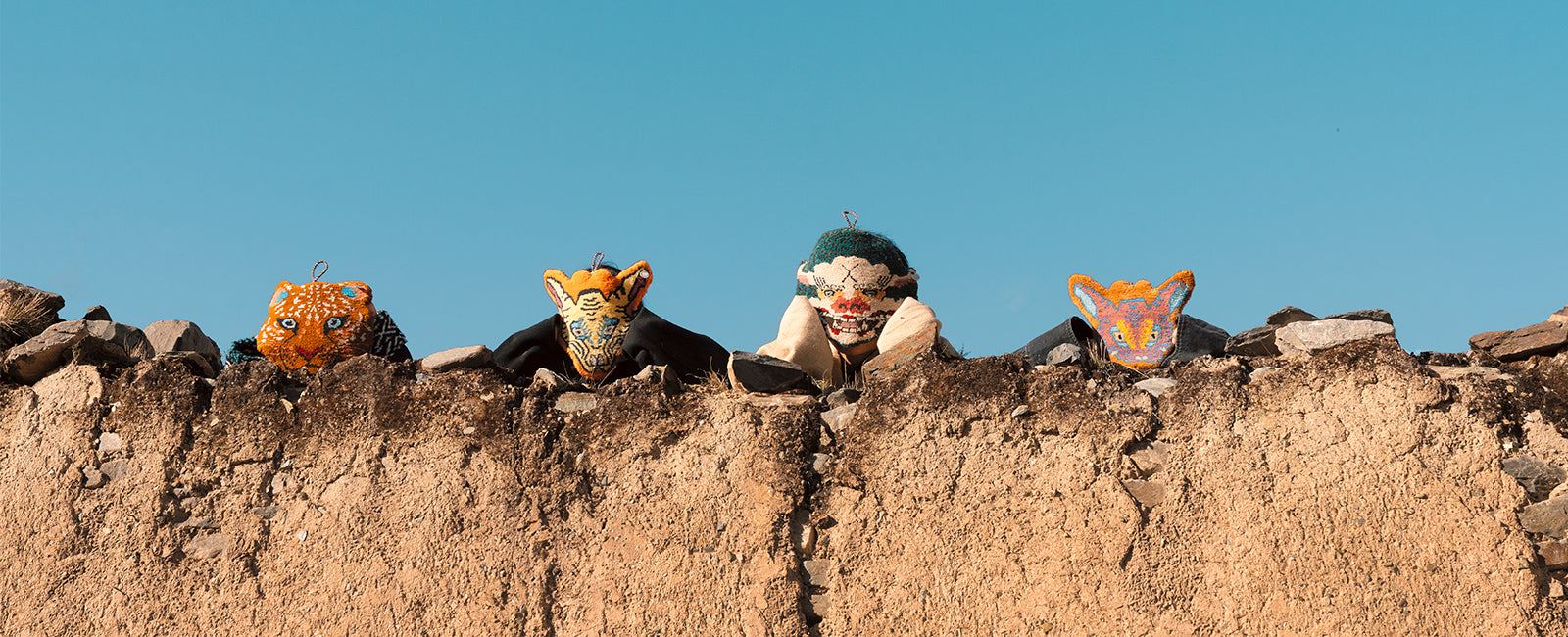
Charu|迦入
The name “Charu” (ཆ་རུ།) originates from Tibetan, referring to the wooden toggle on black tents—a symbol of nomadic culture, carrying the meaning of “connection.”
Founded in Chengdu in 2015, Charu is dedicated to reinterpreting traditional crafts through contemporary design and fostering community-based sustainable development.
Through craft innovation, community empowerment, a rural museum, and media platforms, Charu gives voice to ordinary people, preserves endangered traditions, and supports the sustainable future of Tibetan pastoral communities.
Sub-Brands

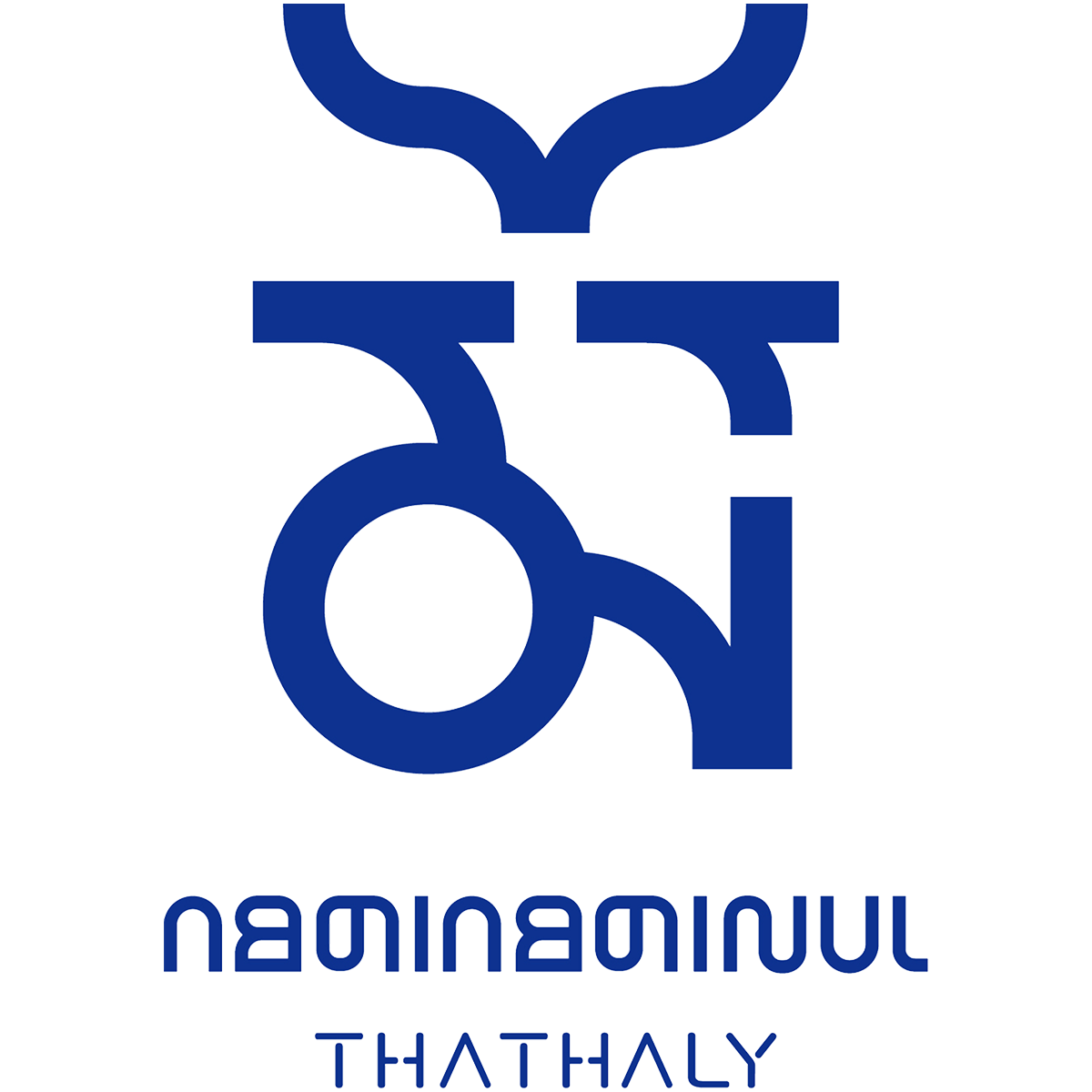
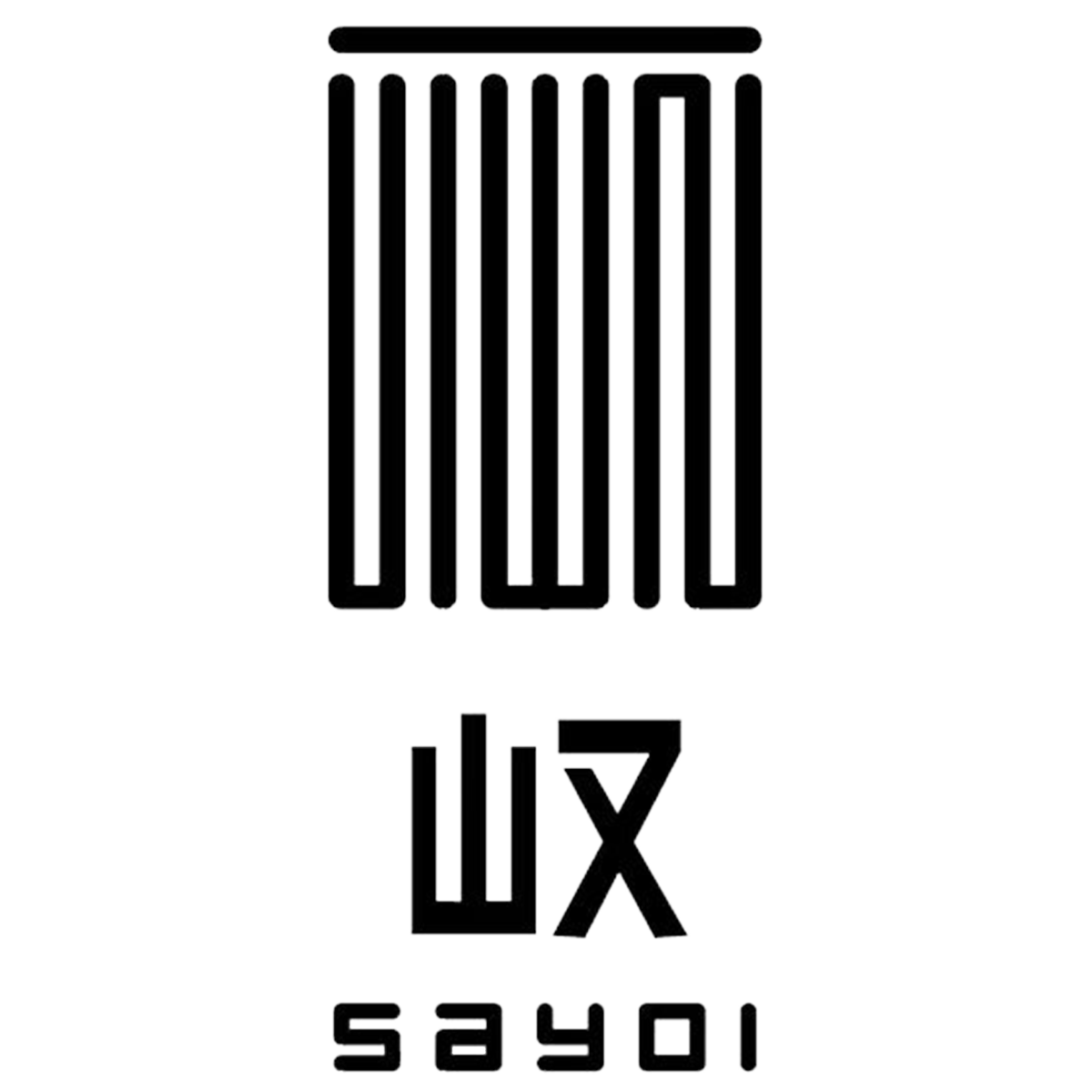
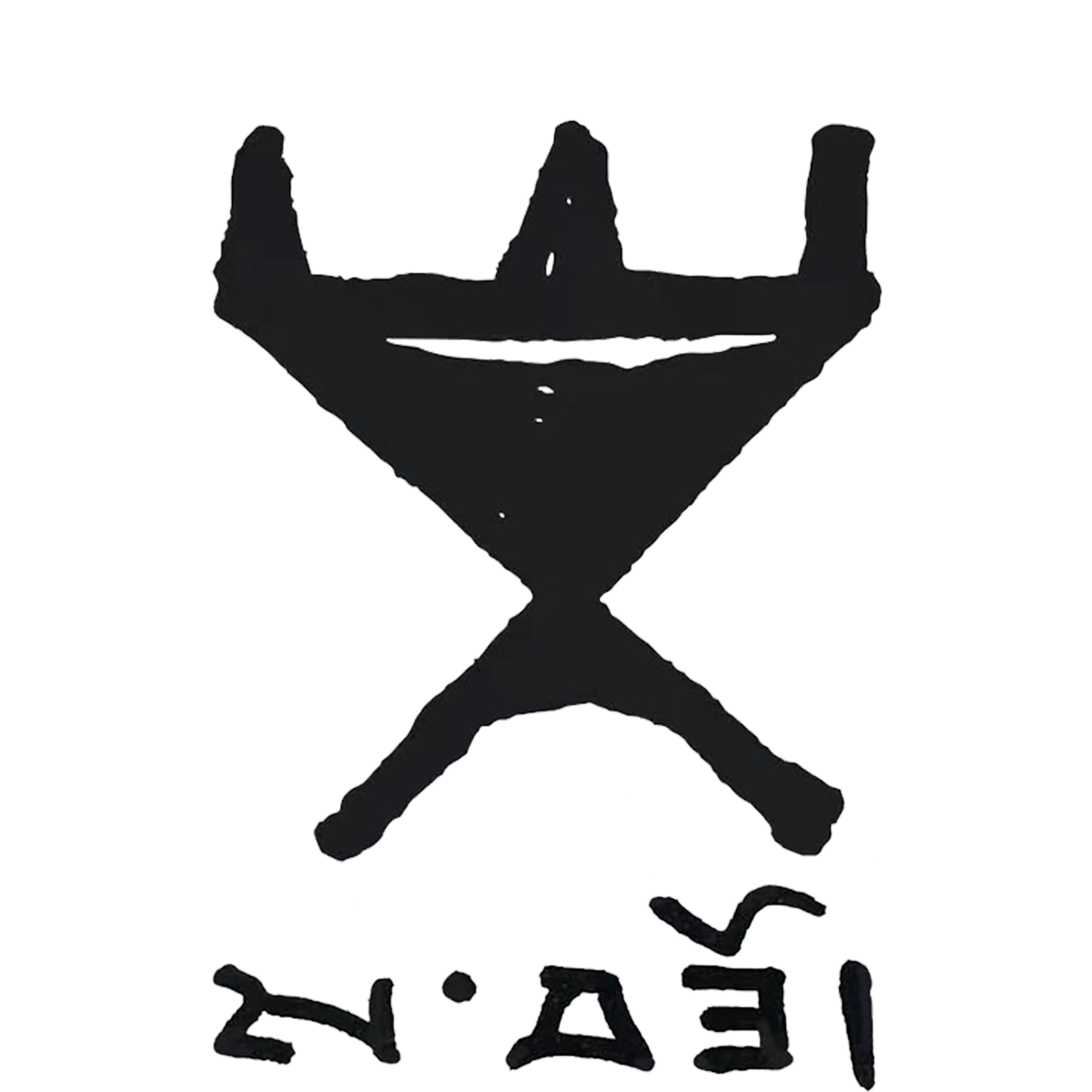

Thathaly from the Tibetan word for weaving
The Tibetan letter མོ
In Chinese translated as she
Its upper strokes like wings unfurled
Symbol of women’s creation
Through their hands
A freedom to steer their lives

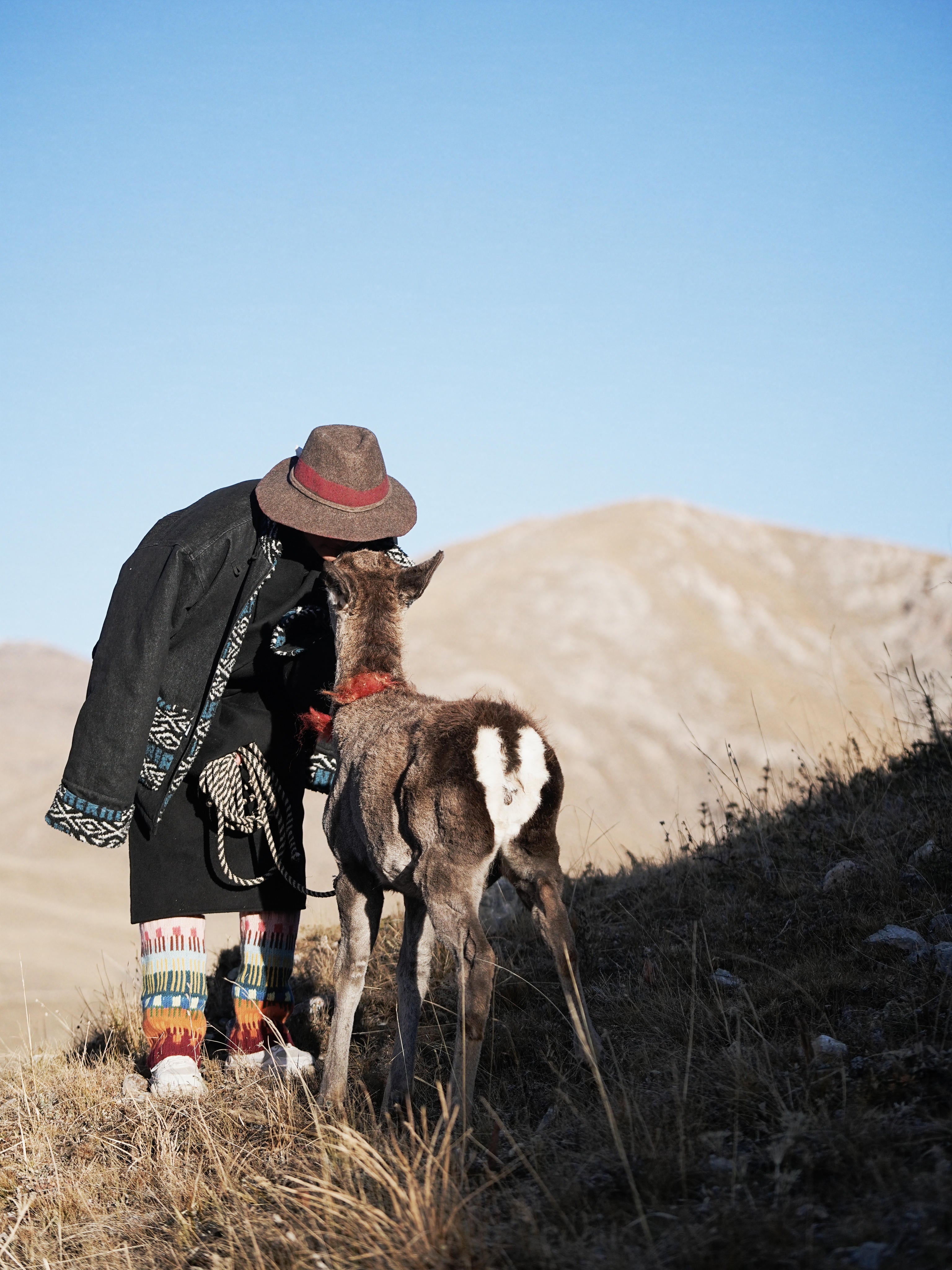
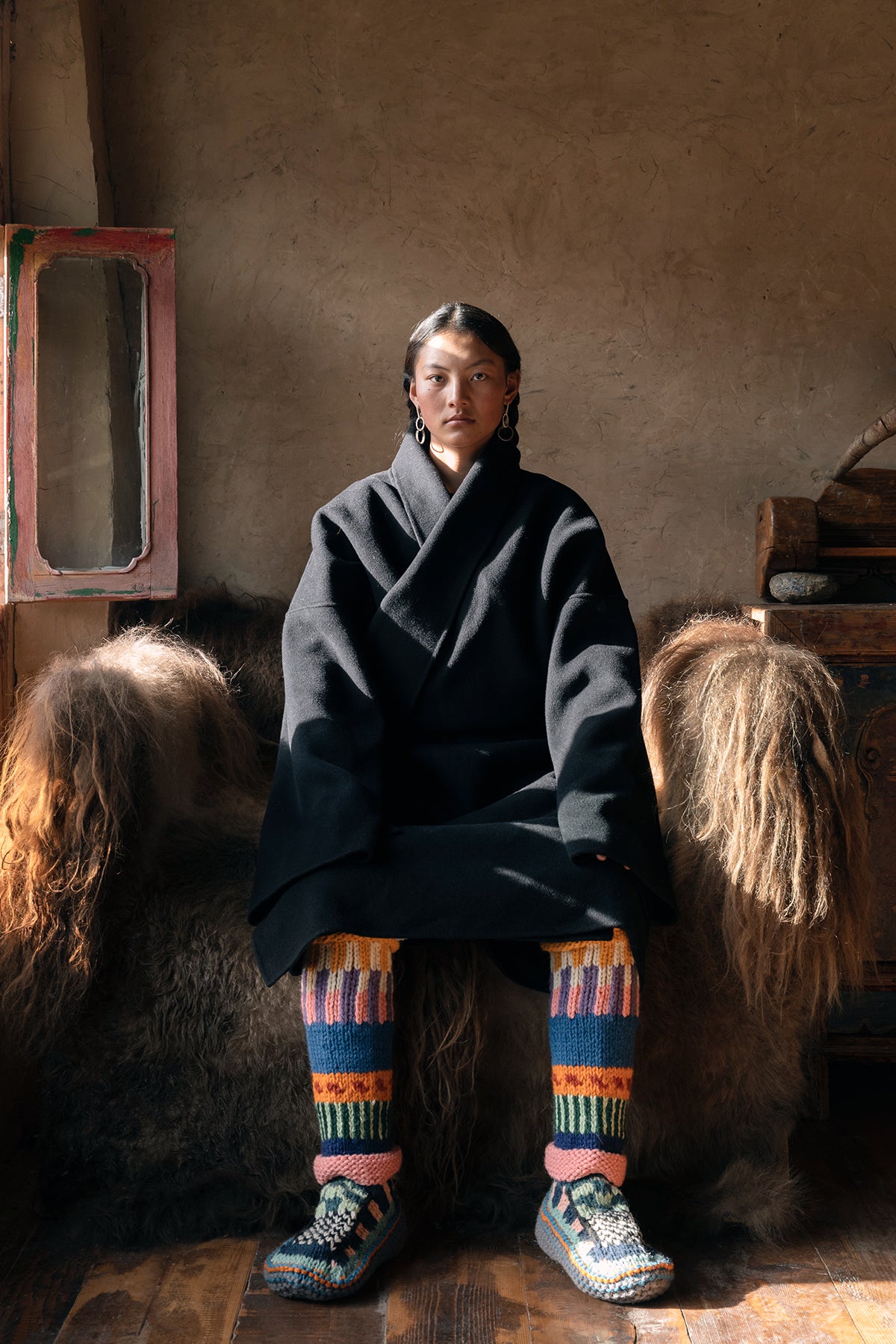
Every knitted piece is crafted by women of Sanjiangyuan Yushu Qinghai
Their hands weaving intricate ribs
Each pair of sock boots nearly three thousand stitches
Ten hours of patient work
Infusing warmth and story into every loop
Tibetan boots represent highland aesthetics
Inspired by traditional Tibetan boots
Thathaly creates unique handcrafted knit boots—carrying forward Tibetan craftsmanship with sustainable innovation
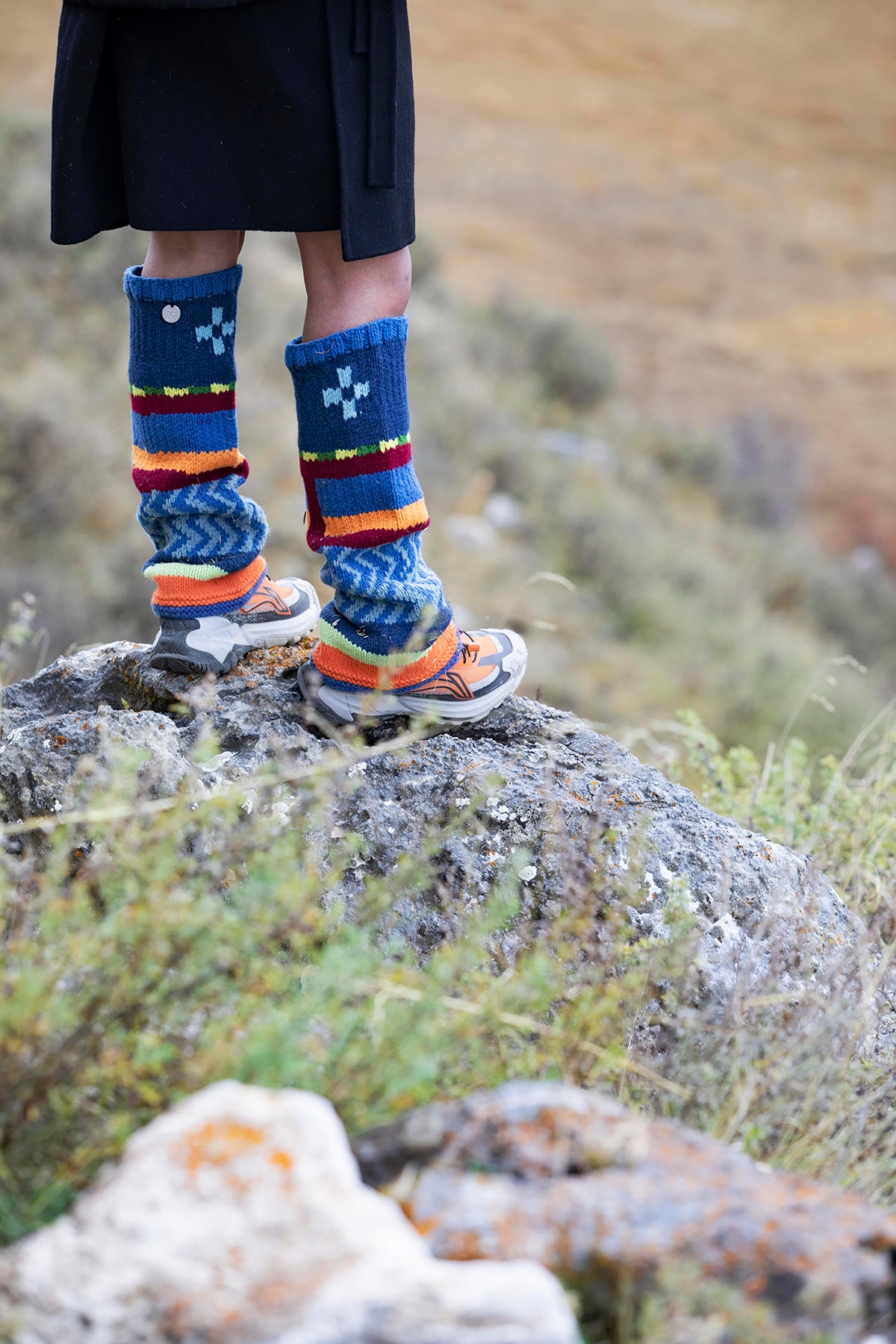
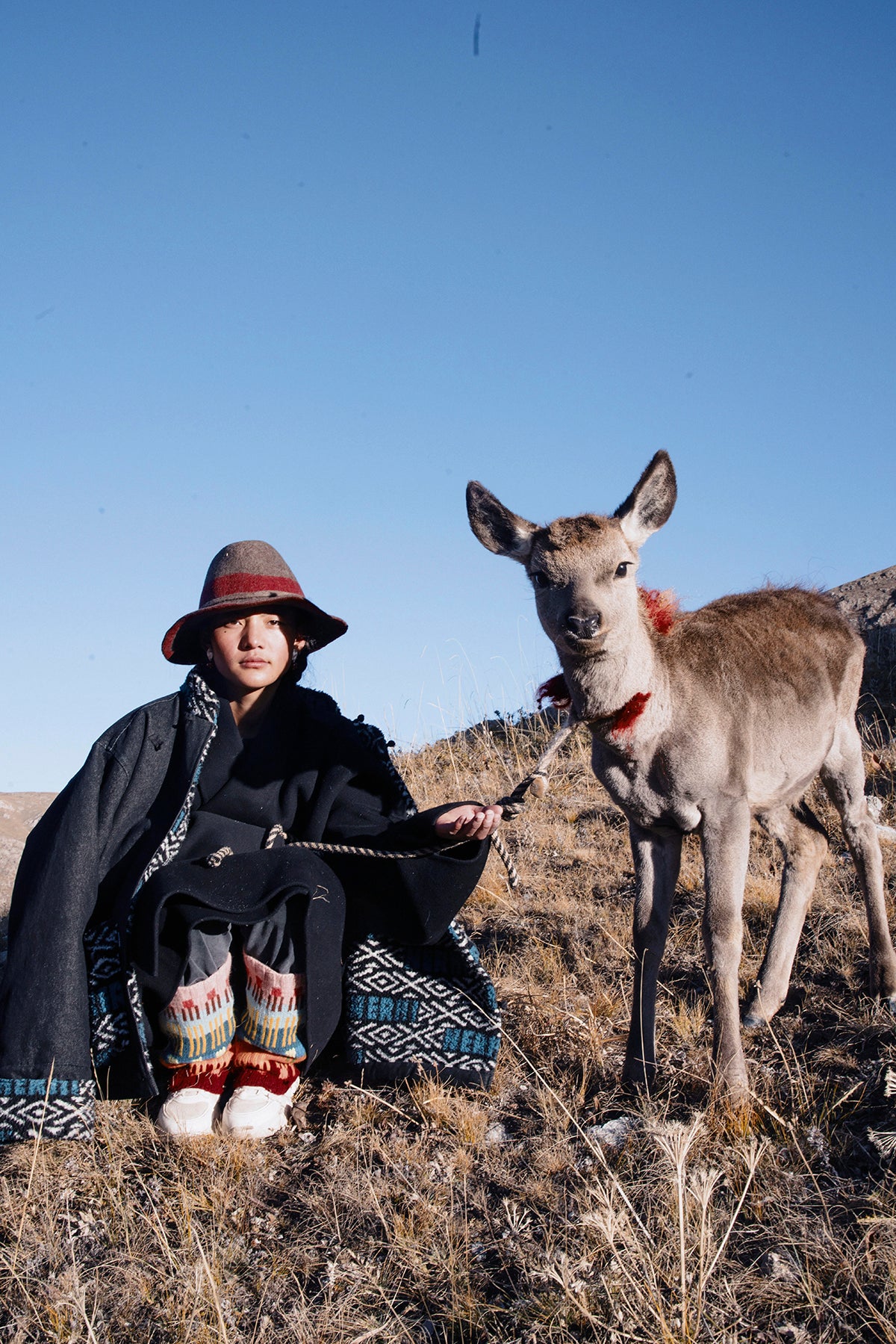
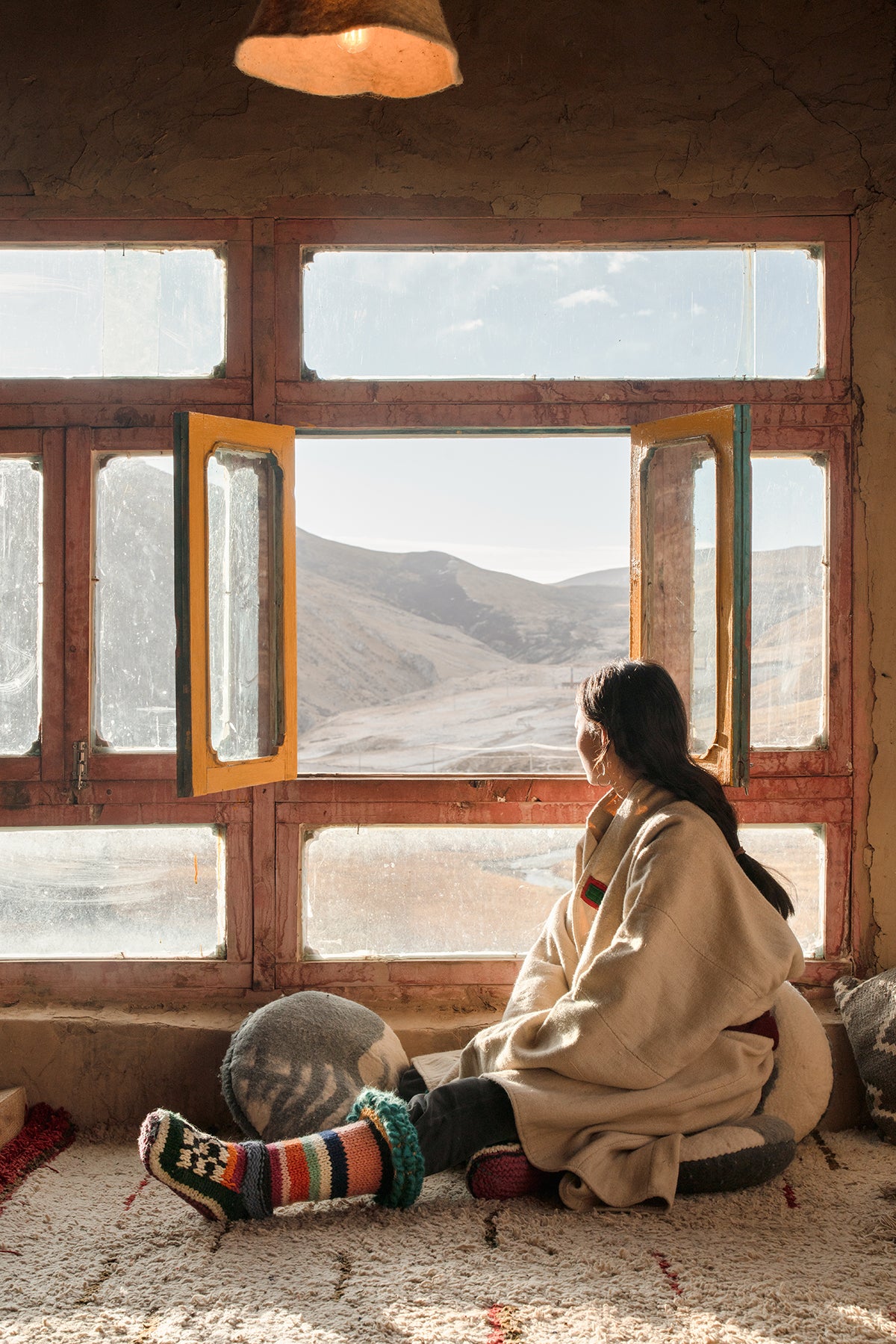
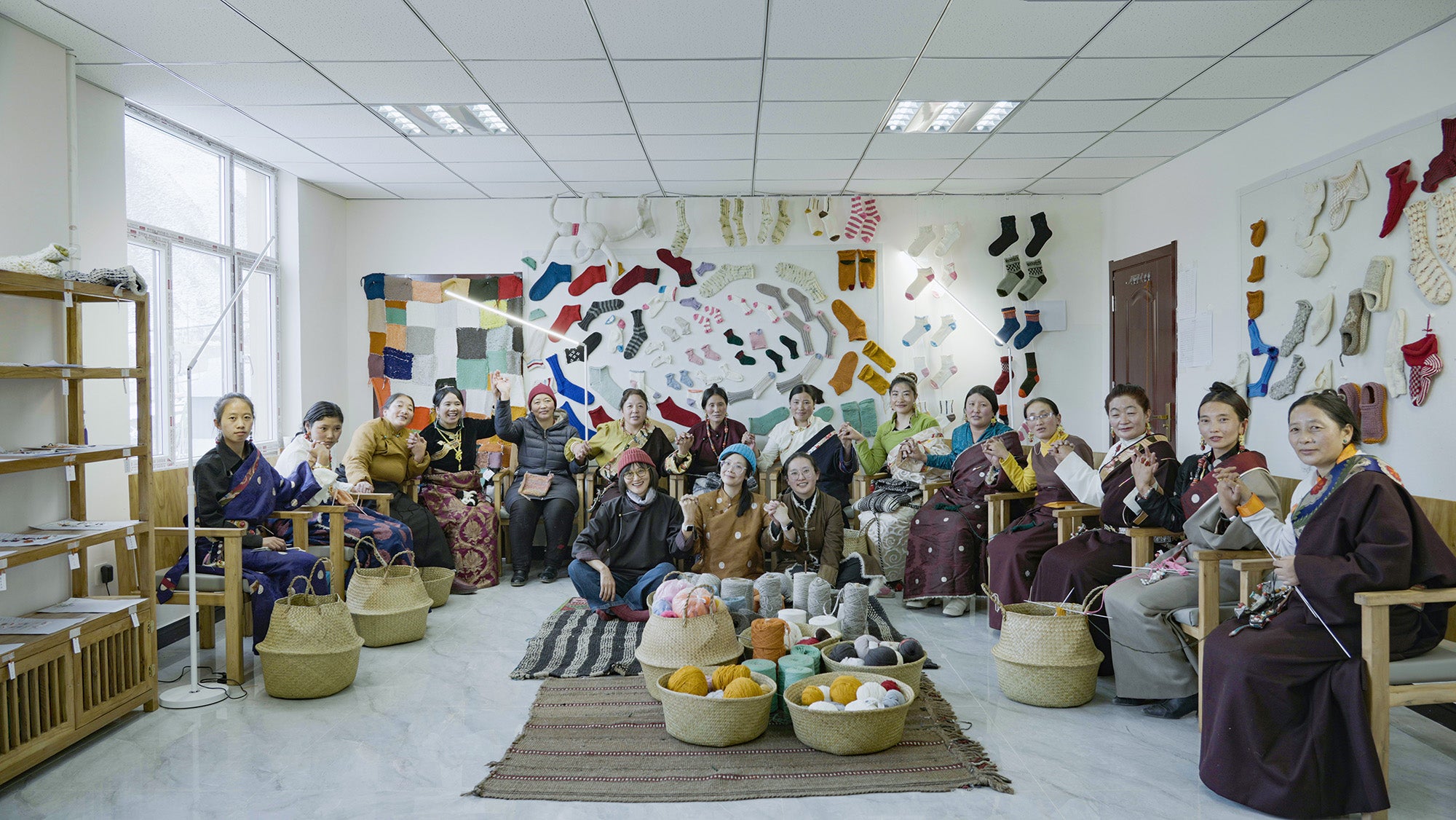
In Sanjiangyuan, Yushu, Qinghai, the women of Thathaly weave with their fingertips, binding faith and livelihood into every stitch. Using the most natural materials, they carry reverence for sacred mountains and lakes, and deep affection for Mother Earth, into the fabric of their work. Through this craft, the women of Sanjiangyuan gain the choice to remain in their homeland, sustaining both tradition and life in the village.
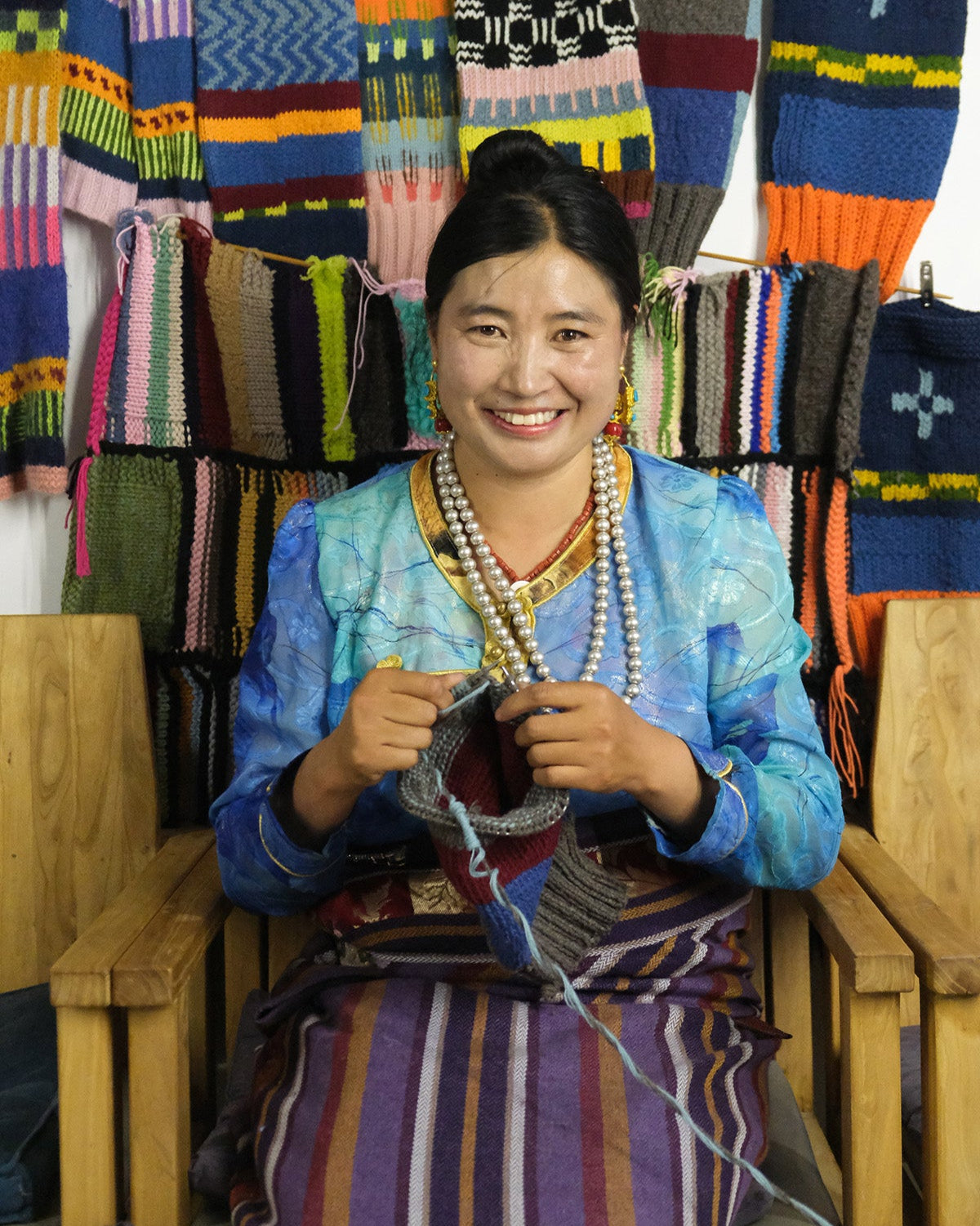
Sonam Palzom, 38, is from a family of six. When she first joined Thathaly’s training program, her youngest child had just been born. Despite her family’s objections to her working outside the home, she longed to learn new skills and improve her children’s lives.
To secure this opportunity, she even went on a hunger strike for several days, standing her ground against her husband until her persistence finally moved her family. During training, she juggled family and classroom—sometimes leaving her children with neighbors, sometimes caring for them alone—but never giving up. Through winter cold and summer heat, she was always there, her white safety helmet unmistakable as she rode her motorcycle back and forth between home and the workshop.
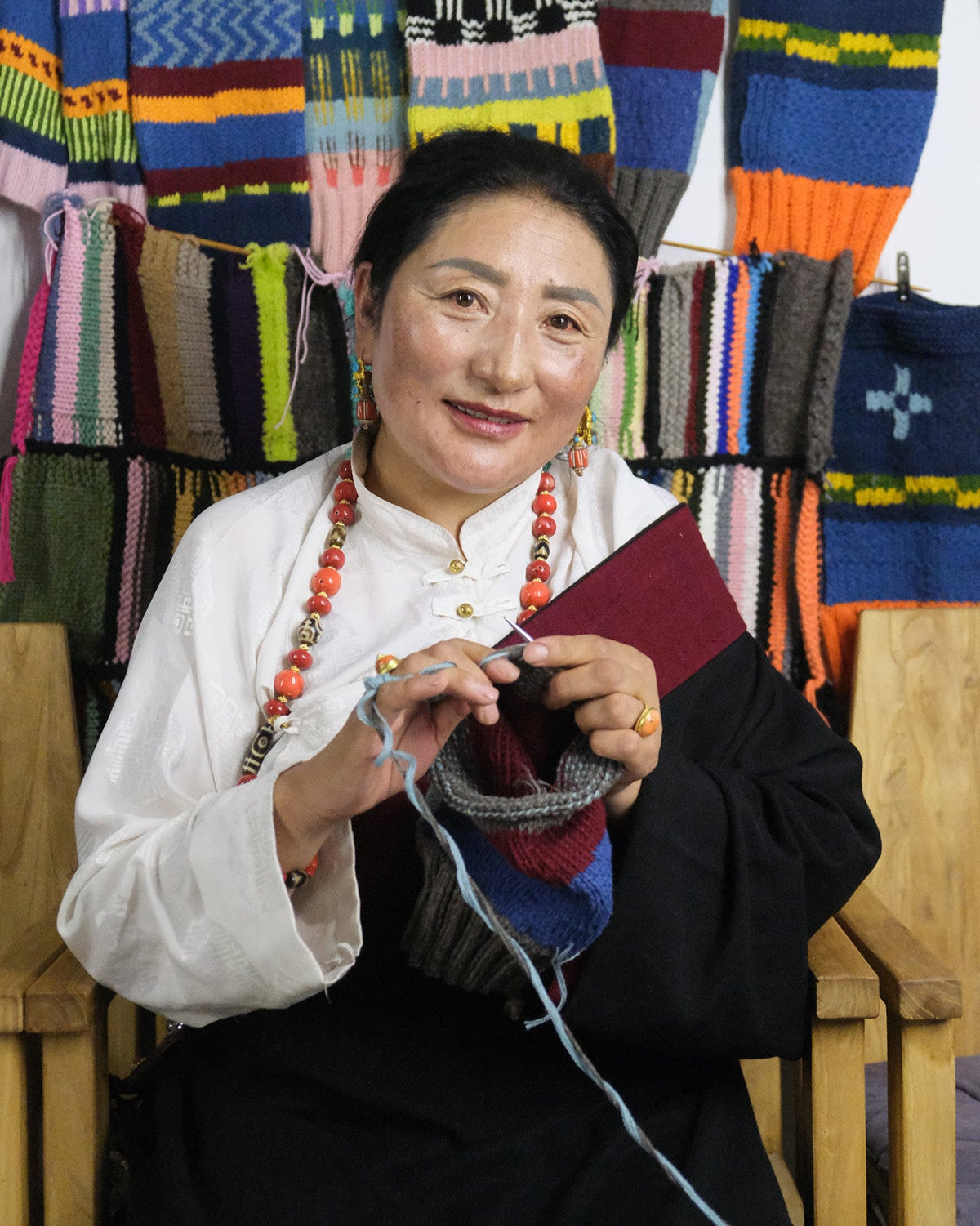
At 55, Yangxi Khandro joined Thathaly through the introduction of a woman friend. In the past, her family spent winters in Lhasa and summers in Yushu; now, to support her work, they live year-round in Chengduo County. The threads in her hands are like an umbilical cord tying her back to her homeland. Her husband has always been by her side, braving wind and rain to drive her, quietly taking on more of the household chores. In this way, she pursues the craft she loves while caring for her family, finding fulfillment in both her cherished work and her home.

Sayol from the Tibetan ས་ཡོལ།
“Sa” means earth
“Yol” means curtain
“Sayol” is the earth’s veil
The window between heaven and earth
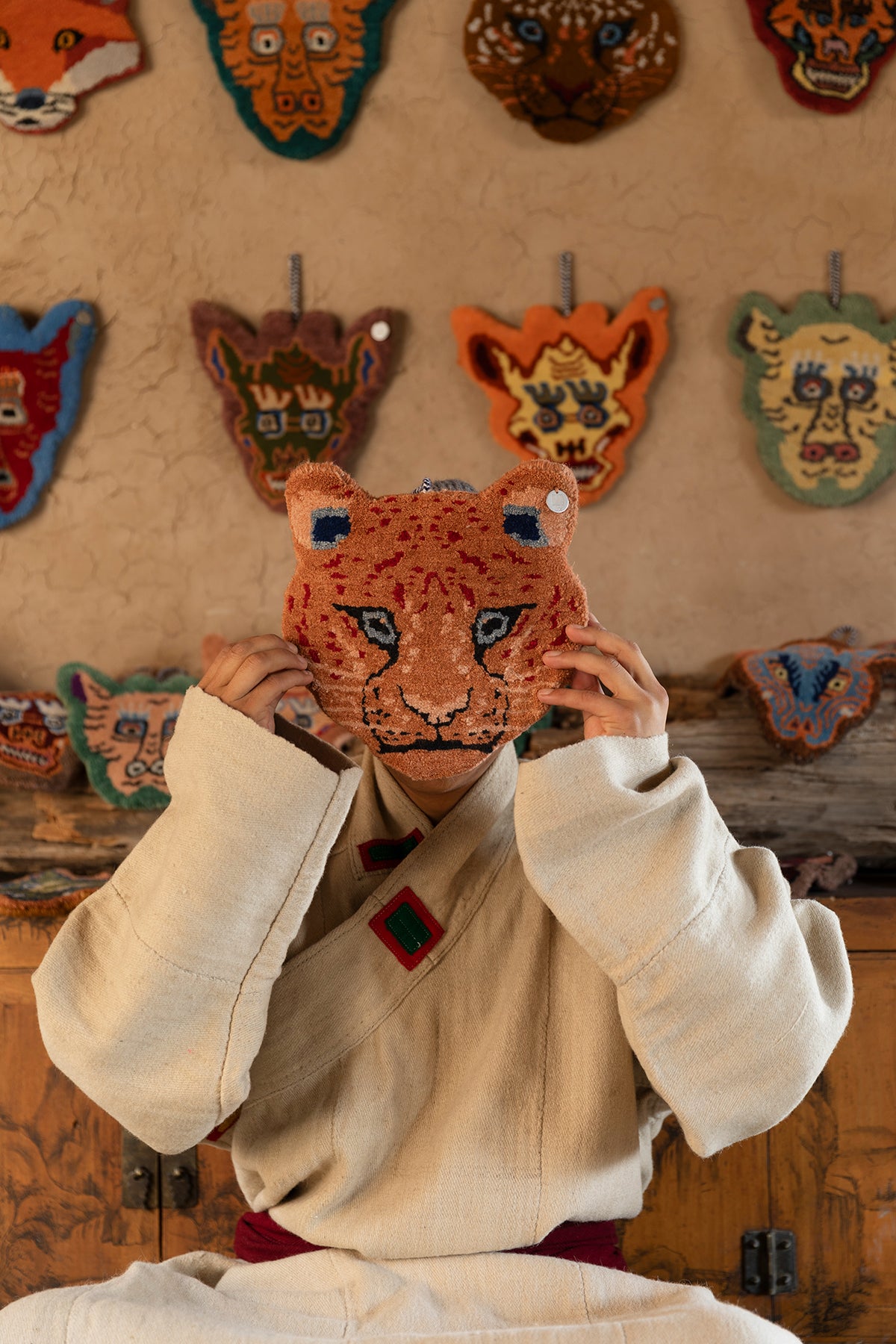

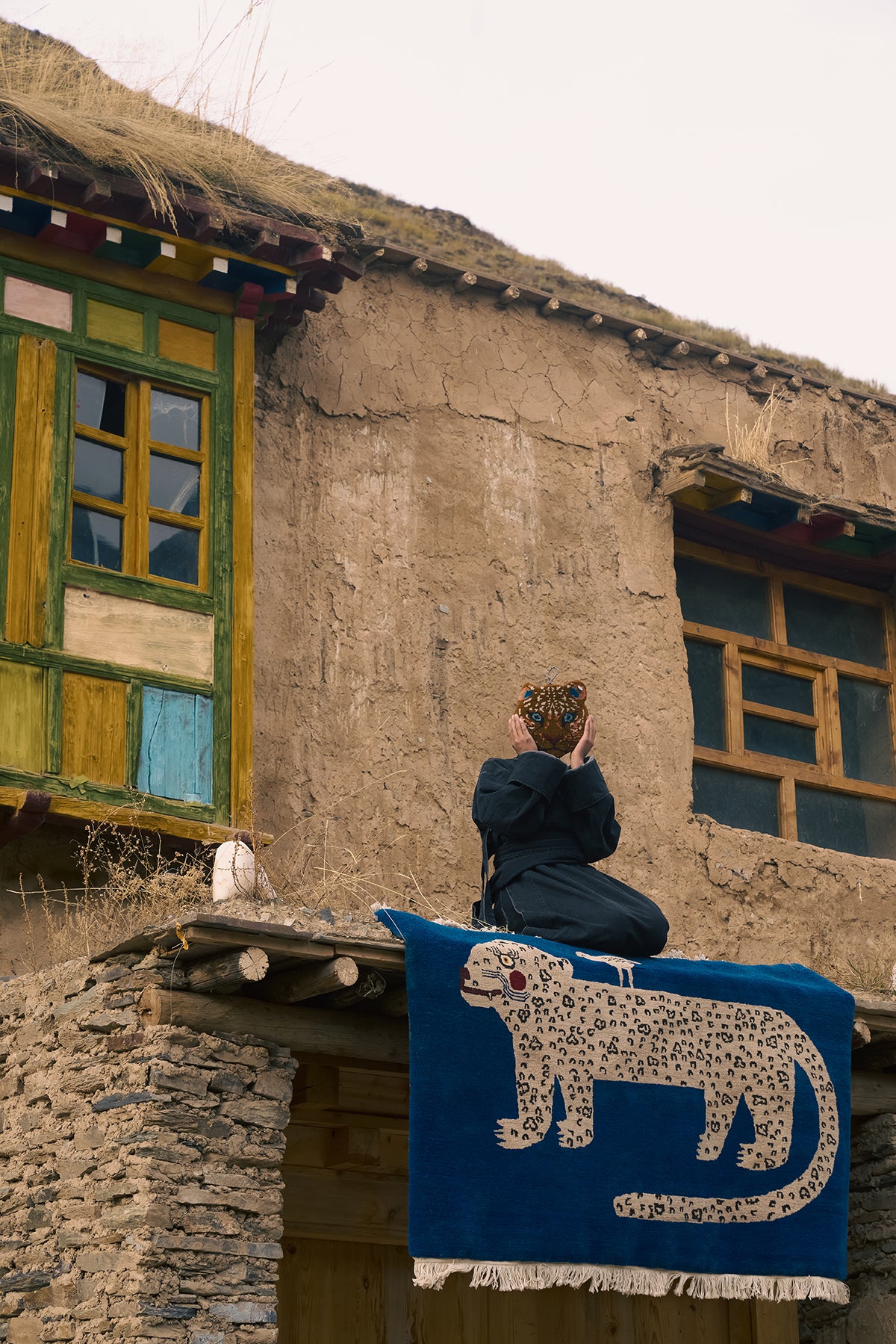
Tibetan carpets began over five thousand years ago
On the plateau of Qinghai Tibet
Sayol carpets are born at the source of the Yangtze River
In Chengduo County Yushu Prefecture
Woven by nomad women
With the wool of northern Tibetan sheep
One warp one weft
Each thread a song of the plateau
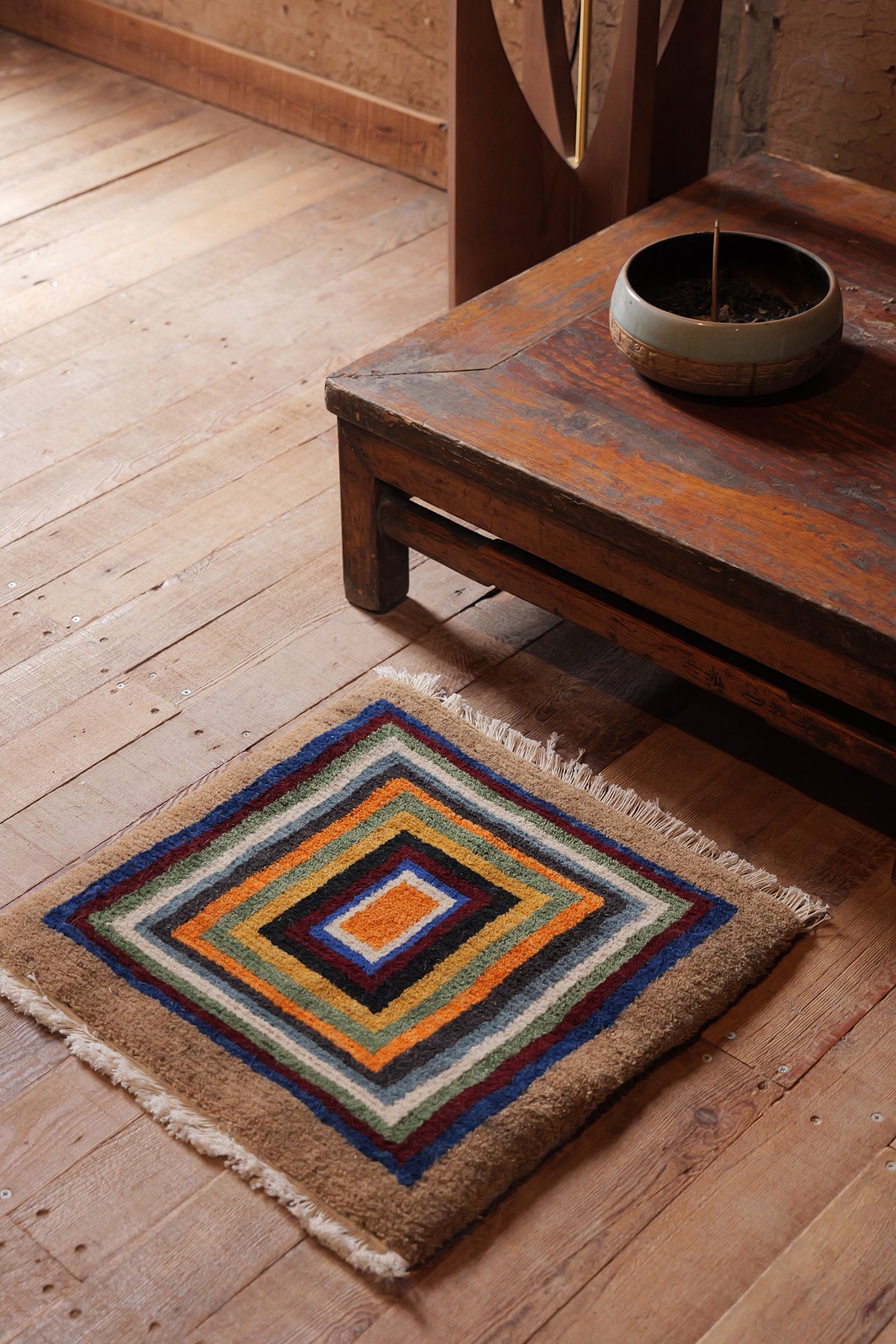
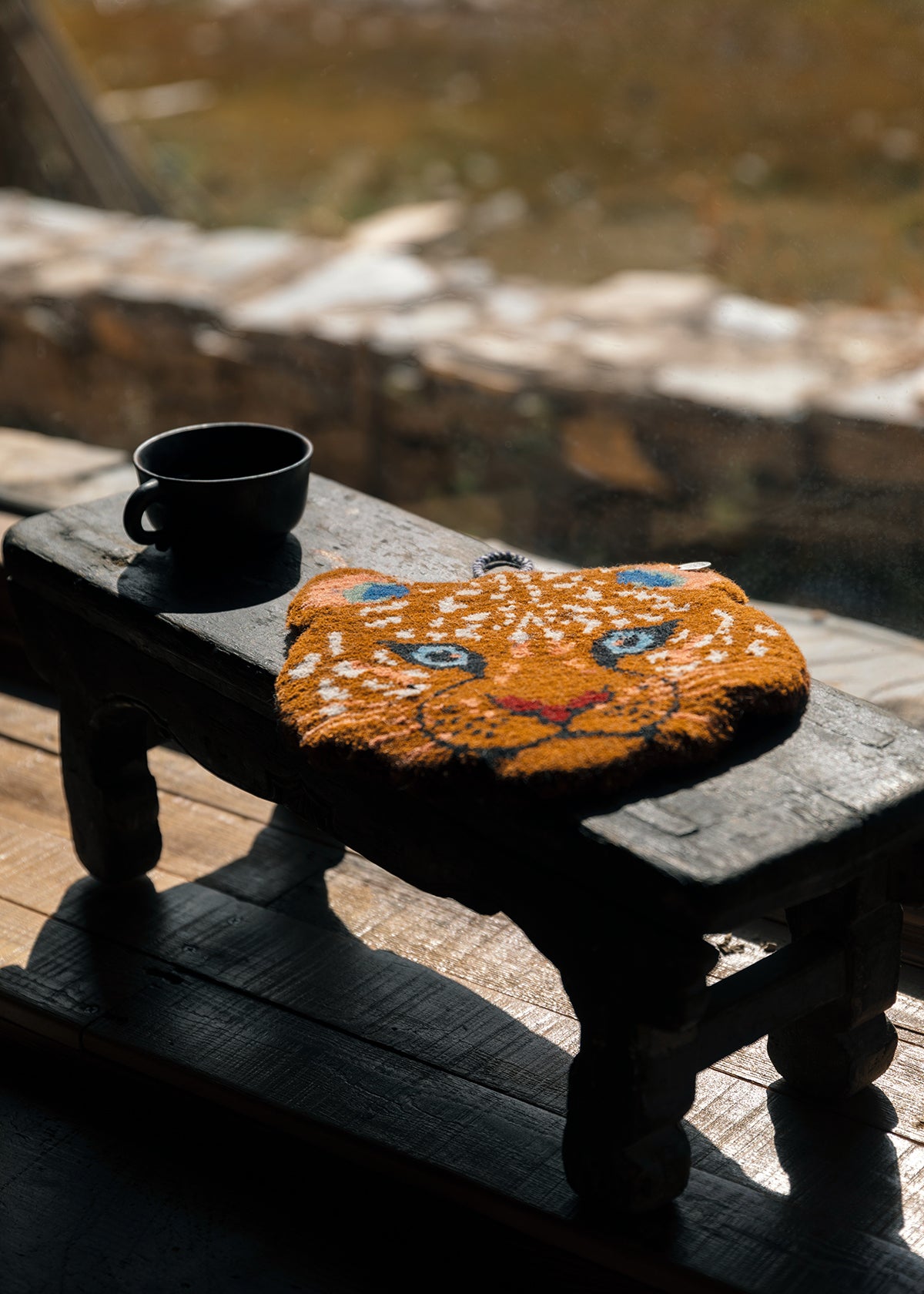
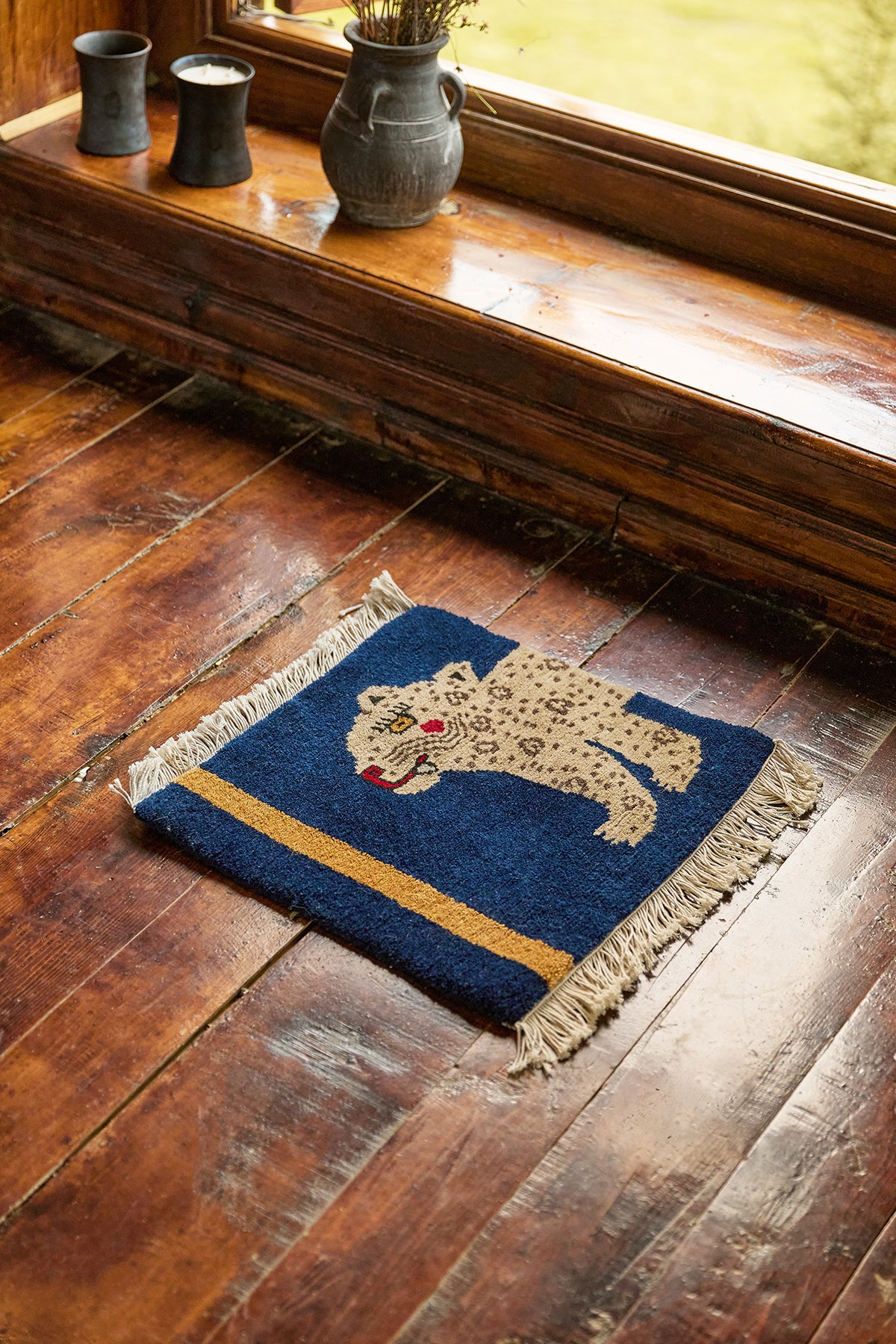

Shansuo transcribed from the Tibetan ས་བཟོ།
Meaning earth-made
“Shan” is the source of soil
“Suo” resembles two hearts overlapped
In Chinese it carries the sense of goodness
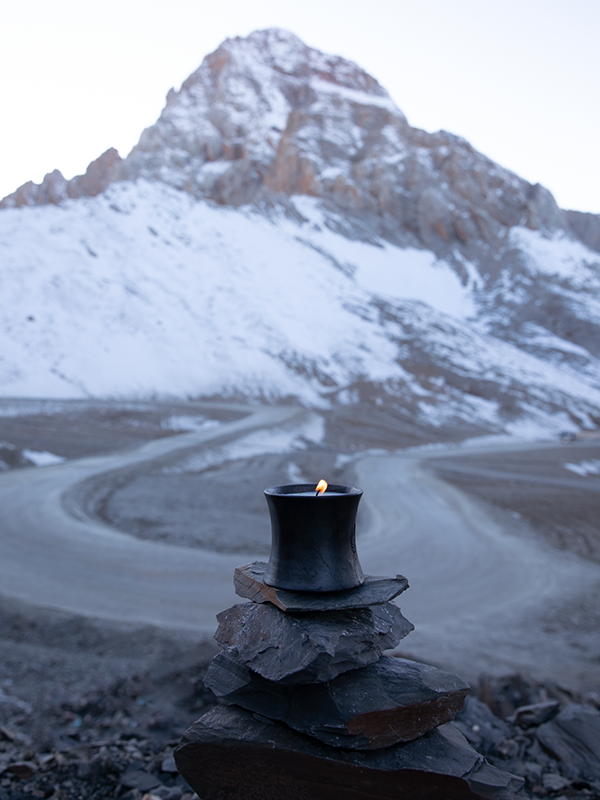
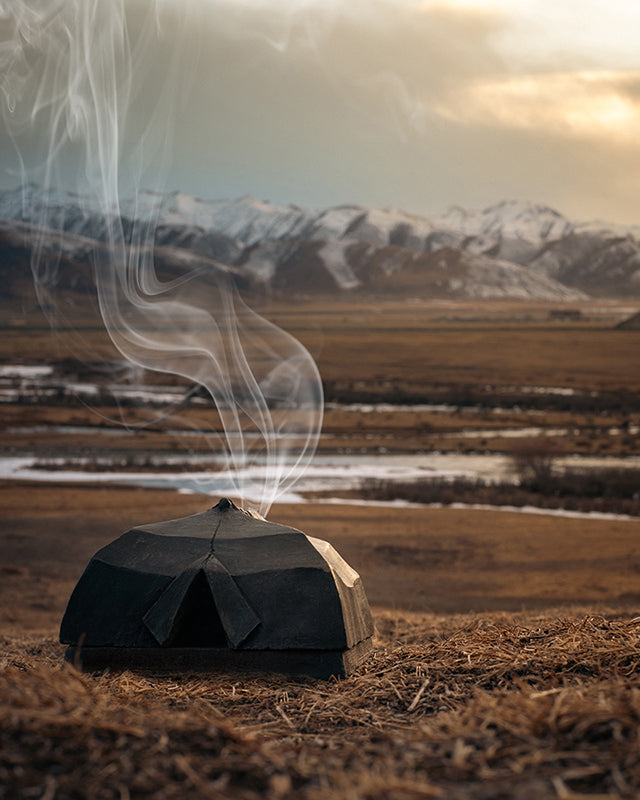

Shansuo weaves wabi sabi with nomadic life
Through the quiet of black clay
Revealing the plateau’s ancient grace

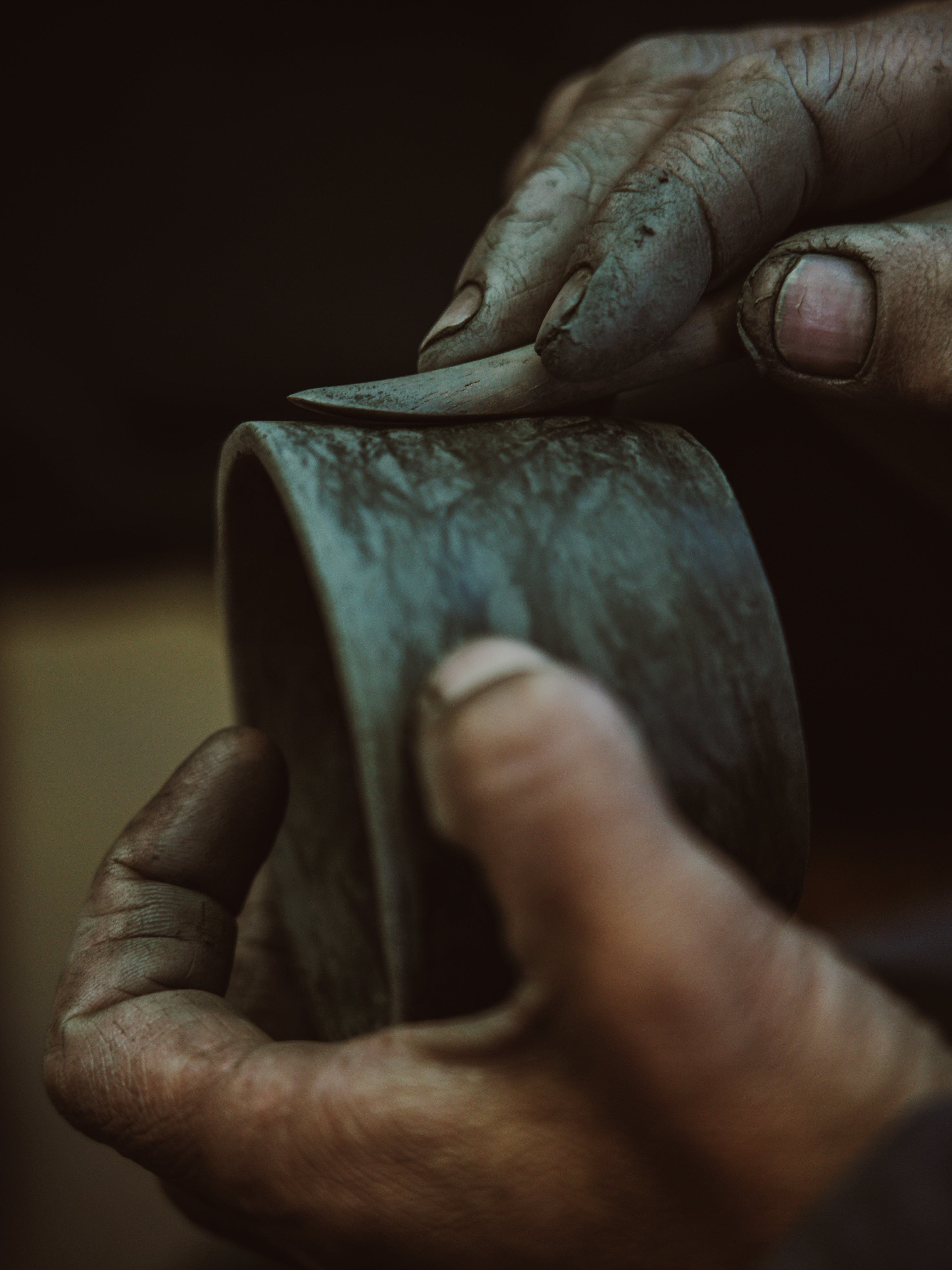
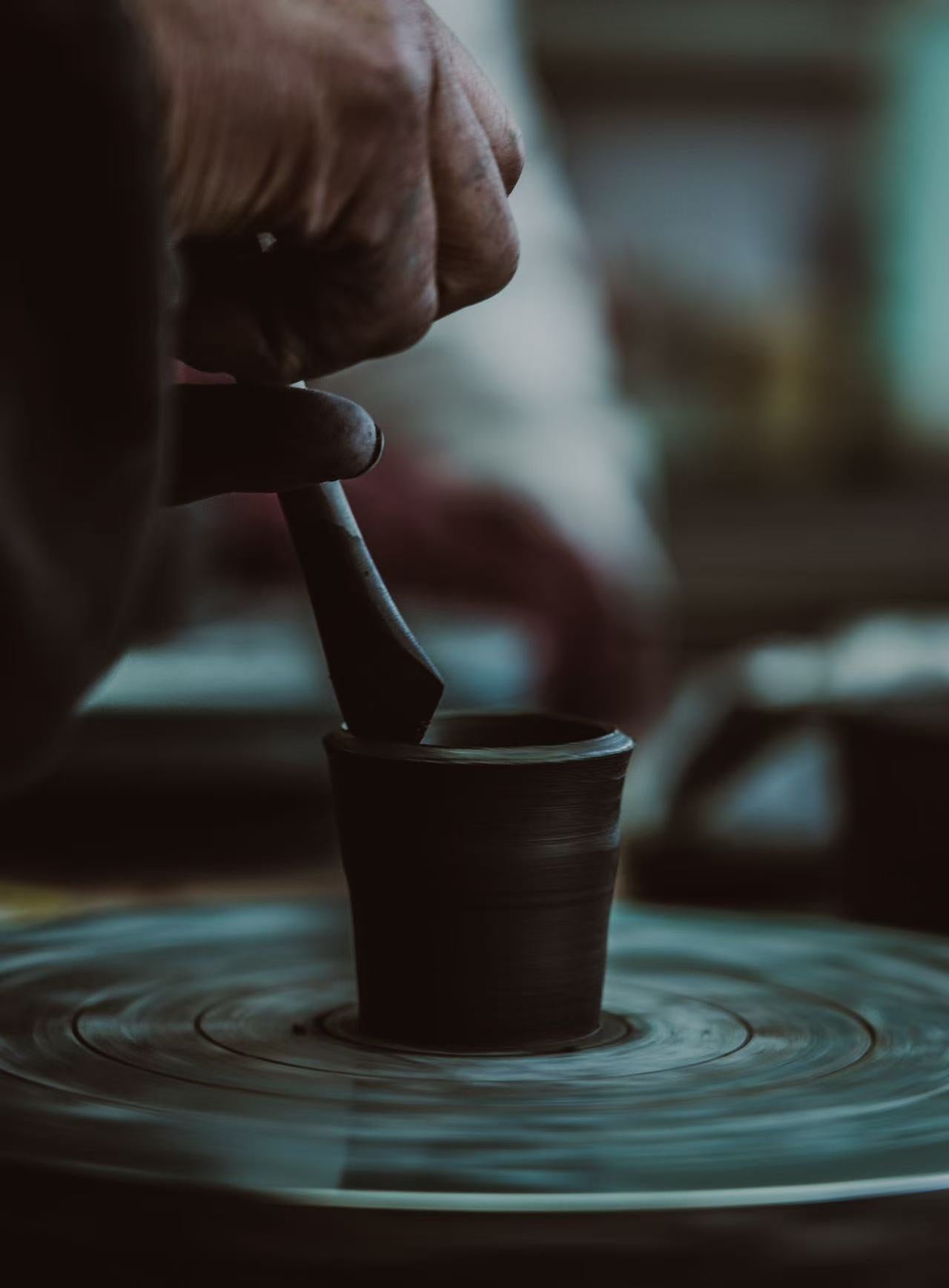
Black pottery is drawn from sticky soil of the highland
Shaped through a ritual of sun drying crushing kneading fermenting molding polishing drying
Then small fire great fire smoke blackening and burnishing
This unique process gives rise to its humble strength
Its dark metallic sheen bestows a solemn elegance


